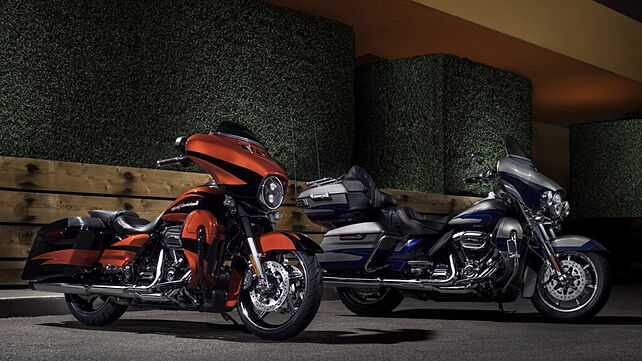
Last month, Harley-Davidson launched its 2017 model range featuring a slew of significant updates, none as noteworthy as the Milwaukee-Eight engine. When a company like Harley-Davidson unveils a brand new engine, you can’t help but sit up and take notice. This is a rare occasion, one which has happened just eight times so far in the company’s history spanning over a century. So let’s have a look at the new range, shall we?
Named after Harley-Davidson’s home town, the Milwaukee-Eight was born out of necessity. The necessity for more power, more refinement and quite obviously, the need to meet the stringent Euro IV norms. The Euro IV norms have sounded the death knell for several motorcycles so far, with manufacturers deciding to axe models altogether instead of spending money on updating them. Heck, it even forced Harley-Davidson to build this new engine family.
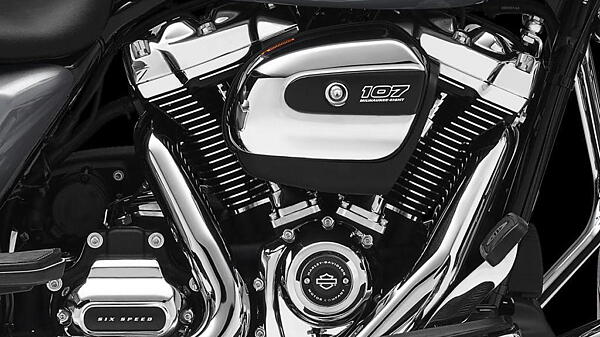
While retaining the essence of the Big Twin character, Harley-Davidson created a new engine taking into account the voice of its loyal customers from around the world. The biggest change is the increase in capacity. Upgrading from the Twin Cam 103 engine, the displacement has gone up from 1687cc to 1753cc thanks to its new bore and stroke of 99.99mm x 111.12mm. The jump from Twin Cam 110 on the other hand has bumped up the capacity from 1802cc to 1868cc, with a 101.6mm x 114.3mm bore and stroke.
The increase in displacement is a change welcomed by aficionados. But breaking away from tradition? Not exactly. Another big change for the Milwaukee-Eight resides in the new heads, which now hold a total of eight valves. The four valves per cylinder arrangement is usually seen in the performance-oriented DOHC motorcycles, while pushrod is associated with cruisers and thumpers. So it is interesting to see Harley-Davidson club the best of both worlds with the Milwaukee-Eight.
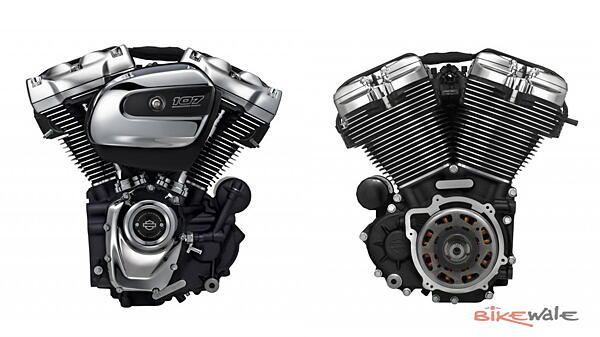
The eight valves have increased the intake and exhaust flow capacity by 50 per cent. Feeding the new heads is a new 50mm Mikuni throttle body with a 5mm bigger bore than the previous one. The Milwaukee-Eight has also moved back to single camshaft, reducing power loss and mechanical noise. Besides, the dual spark plugs offer better combustion, refined precision cooling techniques improve heat management, while the single internal counter balancer has reduced 75 per cent of the primary vibration at idle. The overall result? Quicker throttle response, more torque, improved sound track and a smoother ride.
The Milwaukee-Eight range has now debuted in Harley-Davidson’s Touring range, though it will eventually make its way into the rest of the heavyweight range. The engine family consists of three engines with two displacement capacities – Milwaukee-Eight 107, Twin-Cooled Milwaukee-Eight 107 and Twin-Cooled Milwaukee-Eight 114. The monikers hint at the most obvious differences.
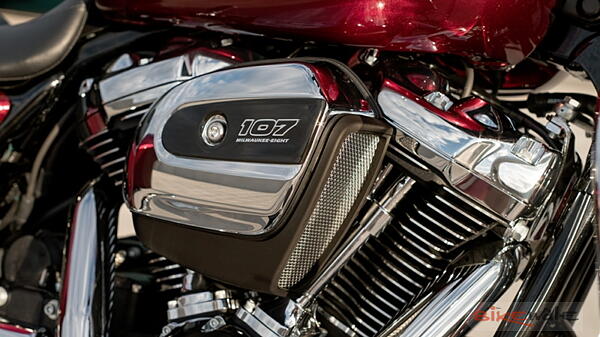
The Milwaukee-Eight 107 produces 151Nm of torque at 3,250rpm. It is used in the Street Glide, Street Glide Special, Road Glide, Road Glide Special, Electra Glide, Ultra Classic, Road King and the Freewheeler models.
The Twin-Cooled Milwaukee-Eight 107 is slightly more powerful, with the 154Nm of torque flowing in at 3,250rpm. It gets liquid-cooled cylinder heads over the base model, and powers the Ultra, Ultra Limited, Ultra Limited Low, Road Glide and the Tri Glide Ultra models.
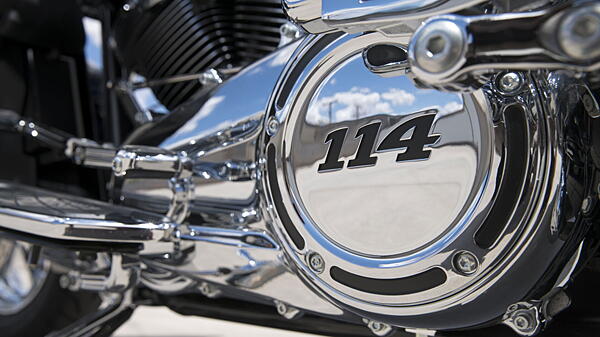
The Twin-Cooled Milwaukee-Eight 114 is the biggest and most powerful engine in the family, the jewel of the crown. It gets liquid-cooled heads just like the Twin-Cooled Milwaukee-Eight 107, though the torque rating has been bumped up to 168Nm, thanks to the increased capacity. It propels the heavyweights – the CVO Limited and the CVO Street Glide.
Appearance wise, the Milwaukee-Eight gets a drag racing-inspired air intake, sculpted cylinder heads and narrow cylinder bodies which set it apart from the rest of the Big Twins. Taking riders’ real world problems into consideration, the engine’s charging capacity has also been increased by 50 per cent. Harley-Davidson is claiming a 10 per cent increase in torque, and an 8 per cent to 12 per cent improvement in acceleration. For those who feel this would be inadequate, Harley-Davidson has also rolled out a full range of Screamin’ Eagle performance parts which will allow you to increase torque by up to 24 per cent.

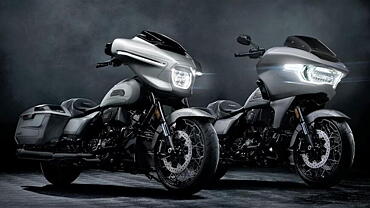
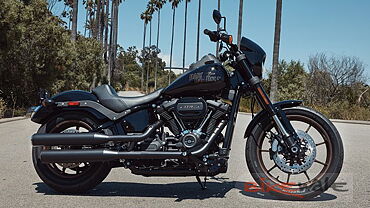
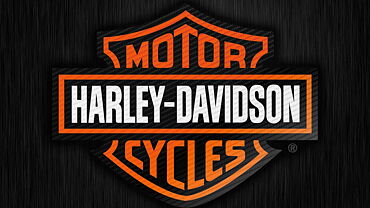



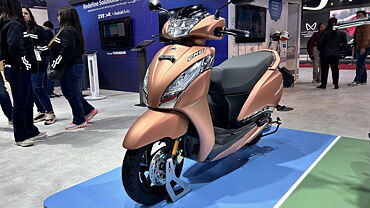
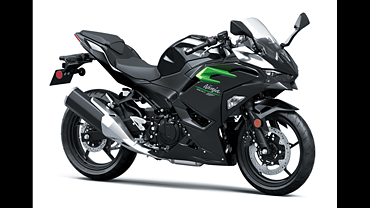
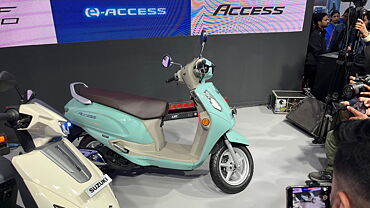
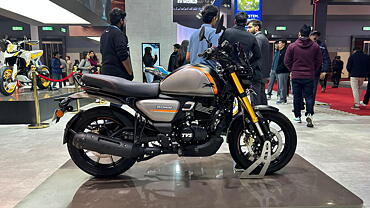


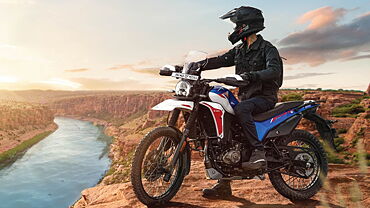
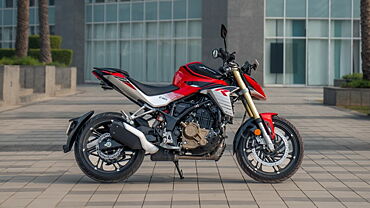

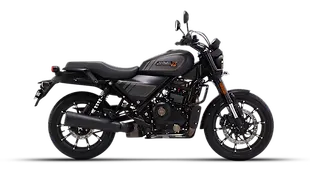
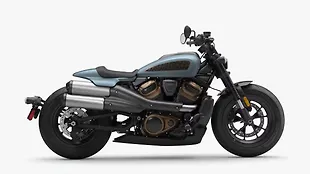
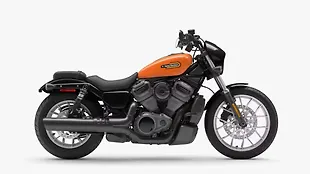





![KTM 390 Adventure X [2025] KTM 390 Adventure X [2025]](https://imgd.aeplcdn.com/272x153/n/cw/ec/190885/390-adventure-x-2025-right-side-view.jpeg?isig=0&q=80)